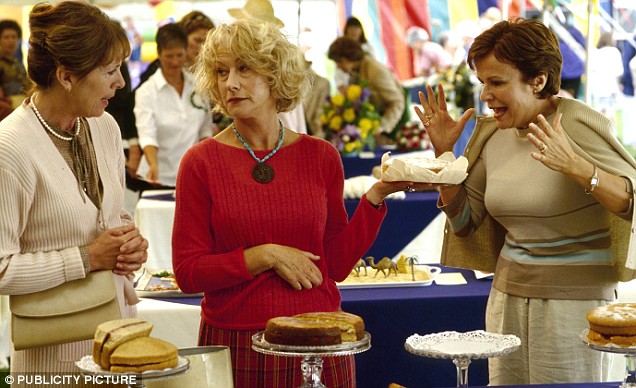In our previous post we talked about the two dimensions of every strategy that we develop to achieve something – the decisions we make to move towards our goal and the variables we can’t control.
Alina: Coming back to my experience working with top managers as a coach. After reading “Thinking in Bets” I developed a process to separate and unglue these two dimensions. The process takes three steps:
- Analyse what you can control
- Maximise this area of control as much as you can
- Acknowledge the probability of a chance
Analyse what you can control
From the first glance the understanding of areas we control looks straightforward. Who better than us would know what we can and can’t control? In reality this is not a simple matter. Looking more deeply, we start seeing that our understanding is built on our beliefs, often unconscious.
Alina: One of my personal examples, which I am sure is very common, is leaving work on time.
Belief 1: “I can’t leave until I finish all important tasks I’ve planned for today”. To me it was logical and self-explanatory. The fact that I had a number of unexpected and important interruptions during the day was ignored for some reason. Looking back now I can see a number of different options – delegate, reprioritise, ask for help. Why was staying late the only approach that I saw?
Belief 2: “I can’t leave while my manager is still in the office”. Hopefully, it is not as common today as it was 15 years ago 🙂 . A few years ago I was astonished when one of my colleagues – a manager – shared her feelings: she had a problem leaving on time because the team she managed was still in the office working late. In that moment I remembered my situation with the manager – maybe he didn’t leave because I was still in the office? 🙂
Maximise this area of control
When we see the limitations, created by our beliefs, we are in a better position to start expanding the boundaries. We can do it through knowledge extension, risk mitigation, additional planning and communication. And then the focus shifts from feeling powerless to a creative approach – what else can be done here? At this point I usually ask my clients:
Are you basing your strategy on facts or assumptions?
What resources are available to you?
What steps do you need to take to extend your area of influence?
Acknowledge the probability of a chance
After expending our areas of influence, we still need to acknowledge THE CHANCE. And the odds of this chance to be ‘for you’ and ‘against you’ are equal.
Lara: This is one of my favourite examples – https://www.youtube.com/watch?v=tYUjmEH9NNk



Facebook Comments